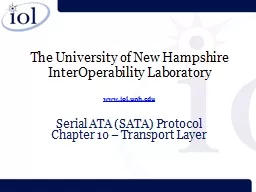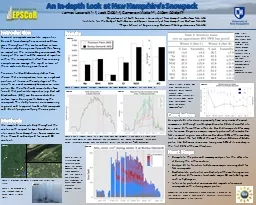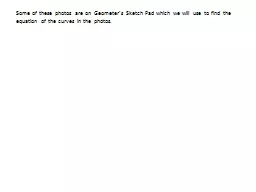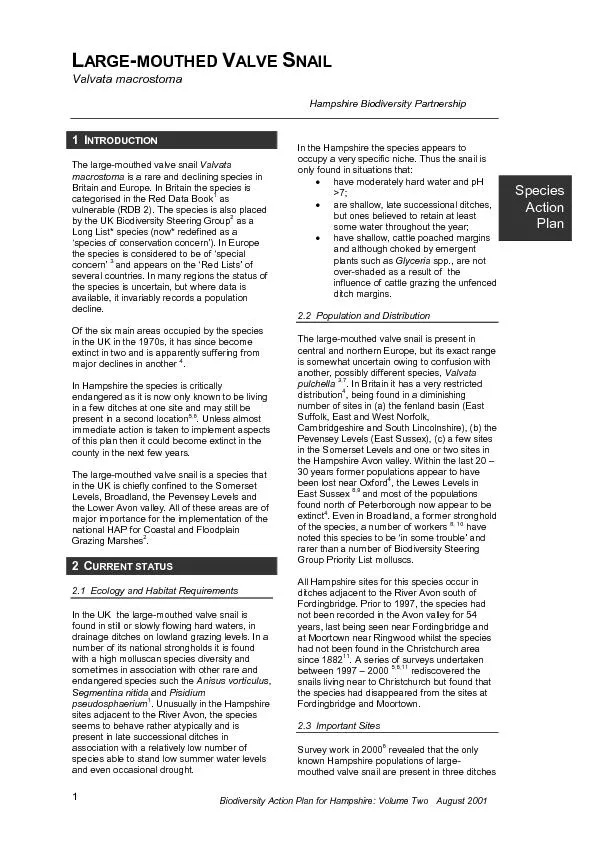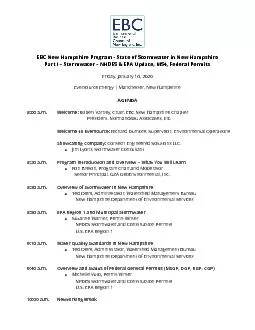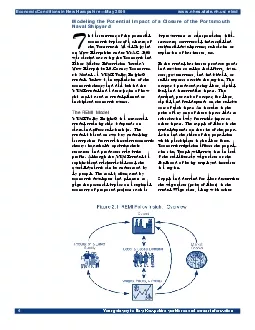PPT-The University of New Hampshire
Author : mjnt | Published Date : 2020-11-06
InterOperability Laboratory wwwiolunhedu Serial ATA SATA Protocol Chapter 10 Transport Layer Outline Transport Layer Overview Frame Information Structure FIS FIS
Presentation Embed Code
Download Presentation
Download Presentation The PPT/PDF document "The University of New Hampshire" is the property of its rightful owner. Permission is granted to download and print the materials on this website for personal, non-commercial use only, and to display it on your personal computer provided you do not modify the materials and that you retain all copyright notices contained in the materials. By downloading content from our website, you accept the terms of this agreement.
The University of New Hampshire: Transcript
Download Rules Of Document
"The University of New Hampshire"The content belongs to its owner. You may download and print it for personal use, without modification, and keep all copyright notices. By downloading, you agree to these terms.
Related Documents

